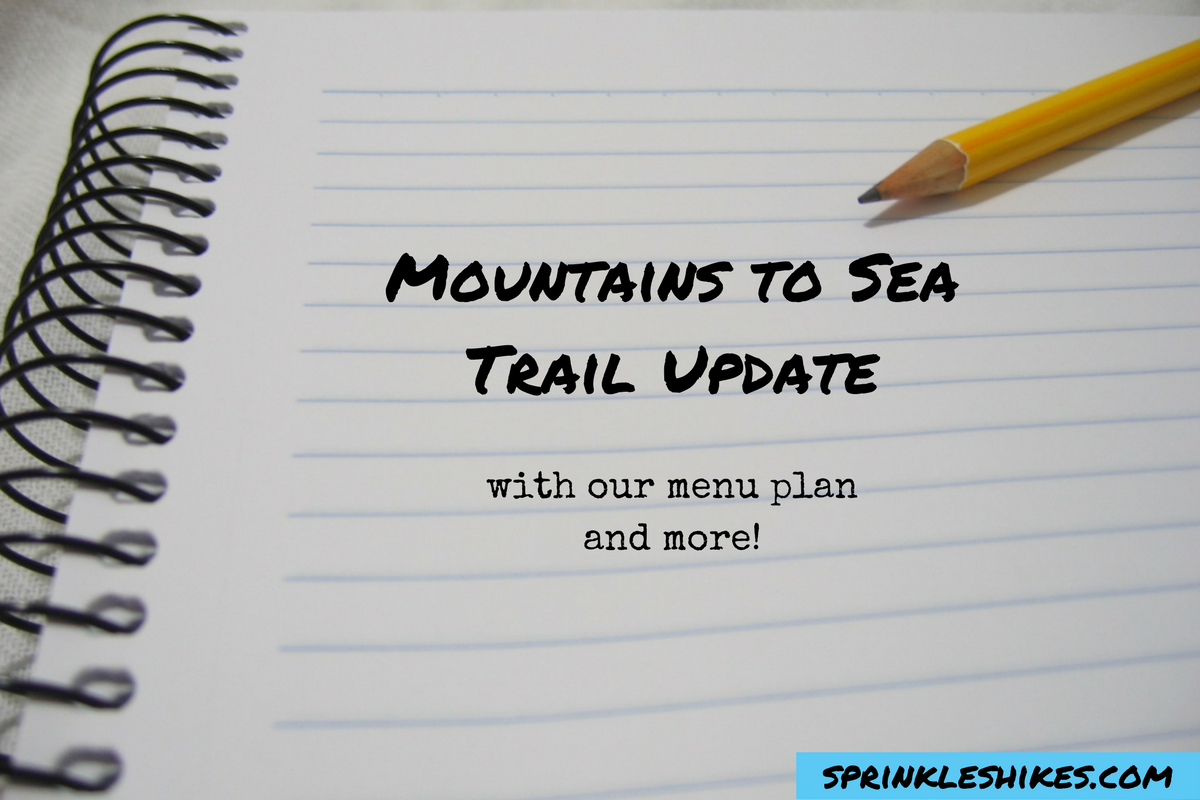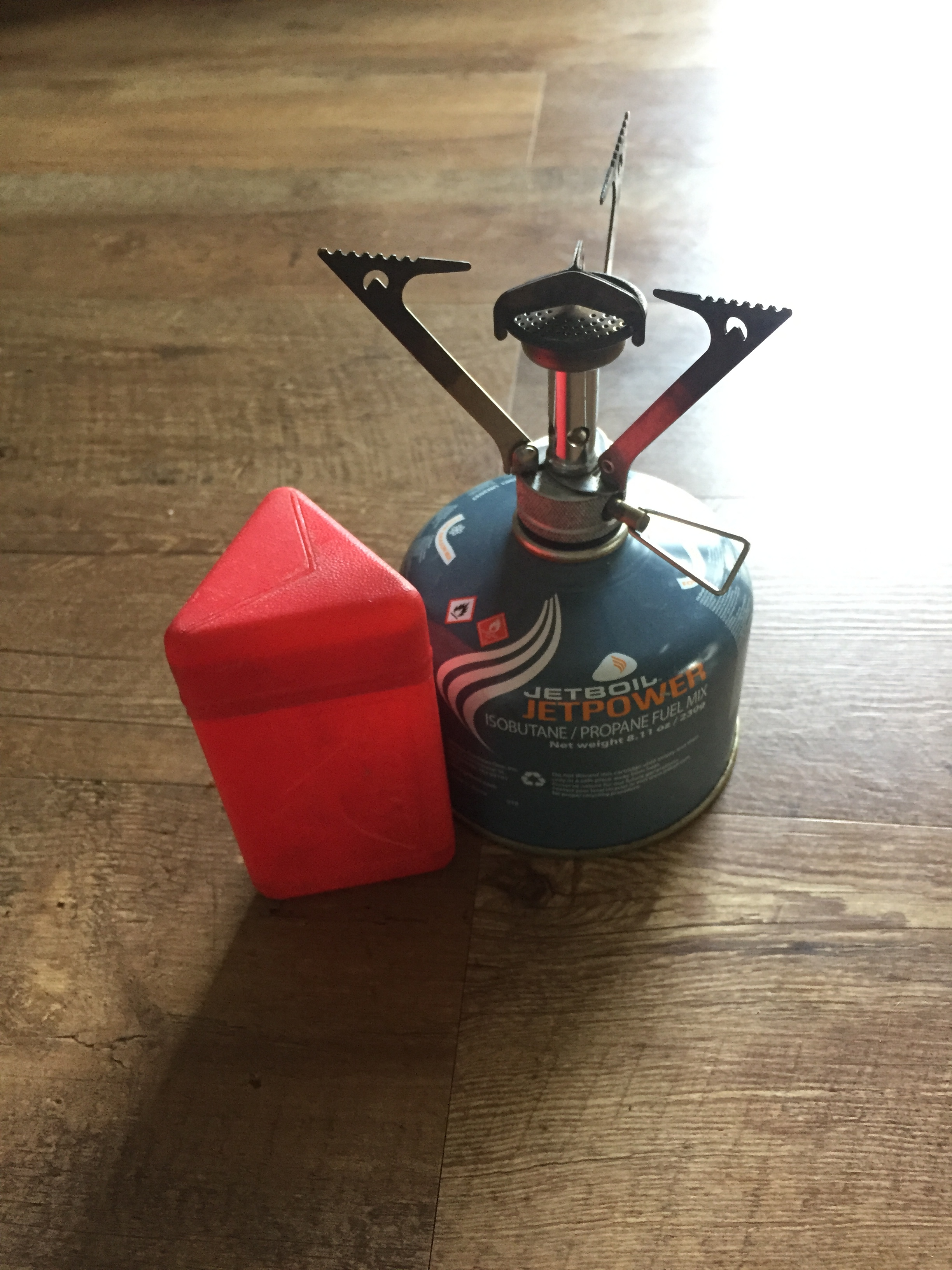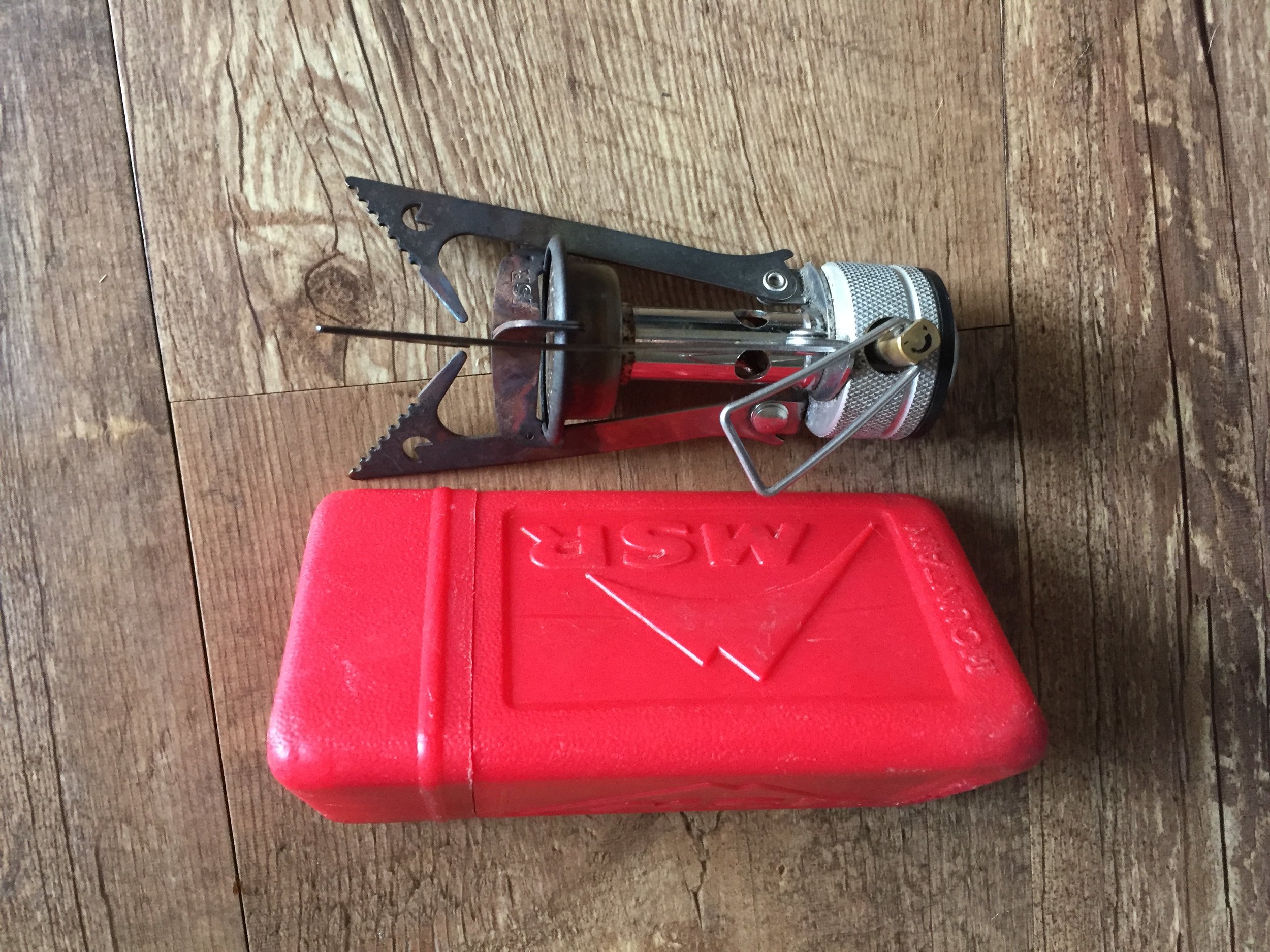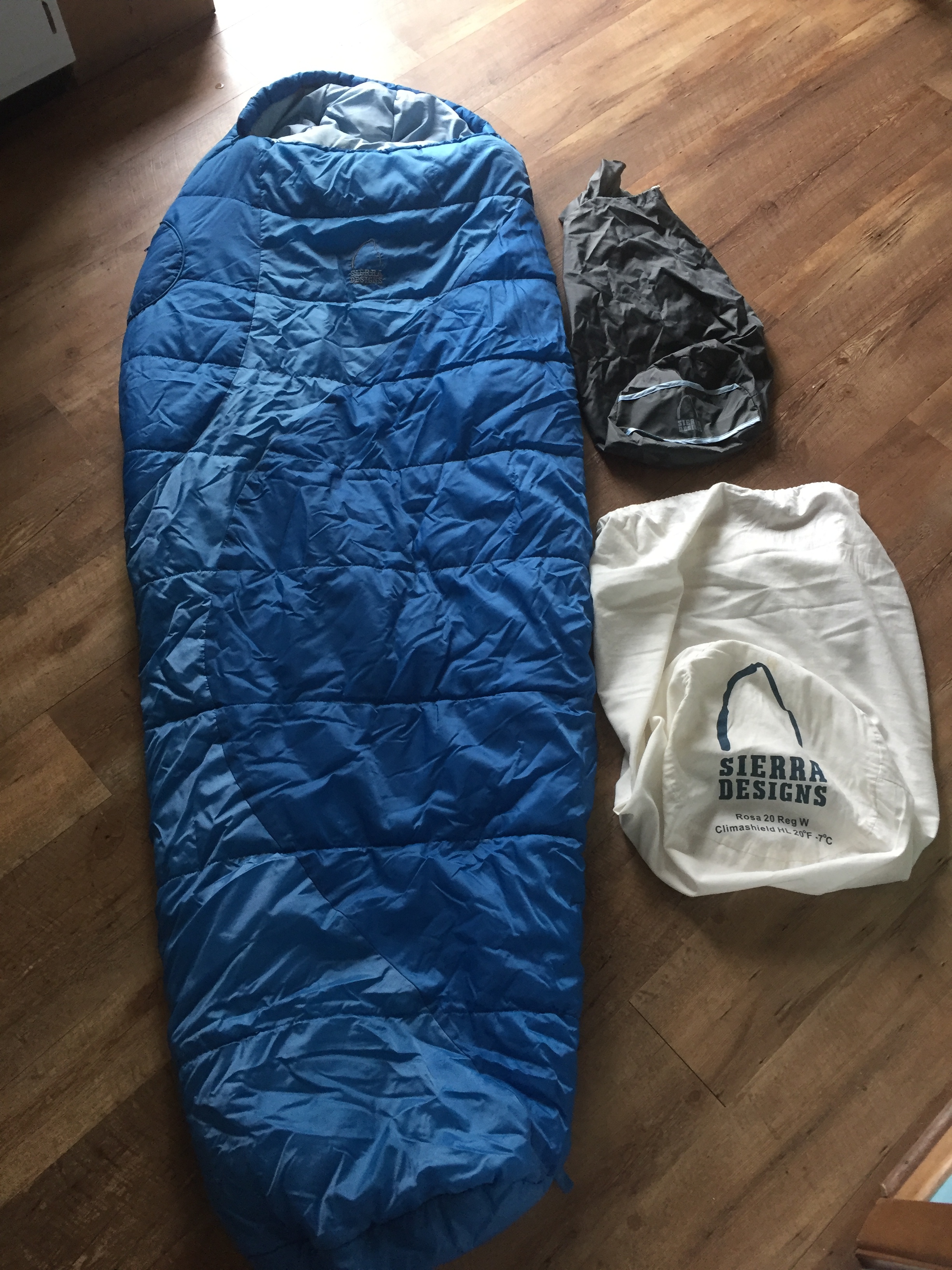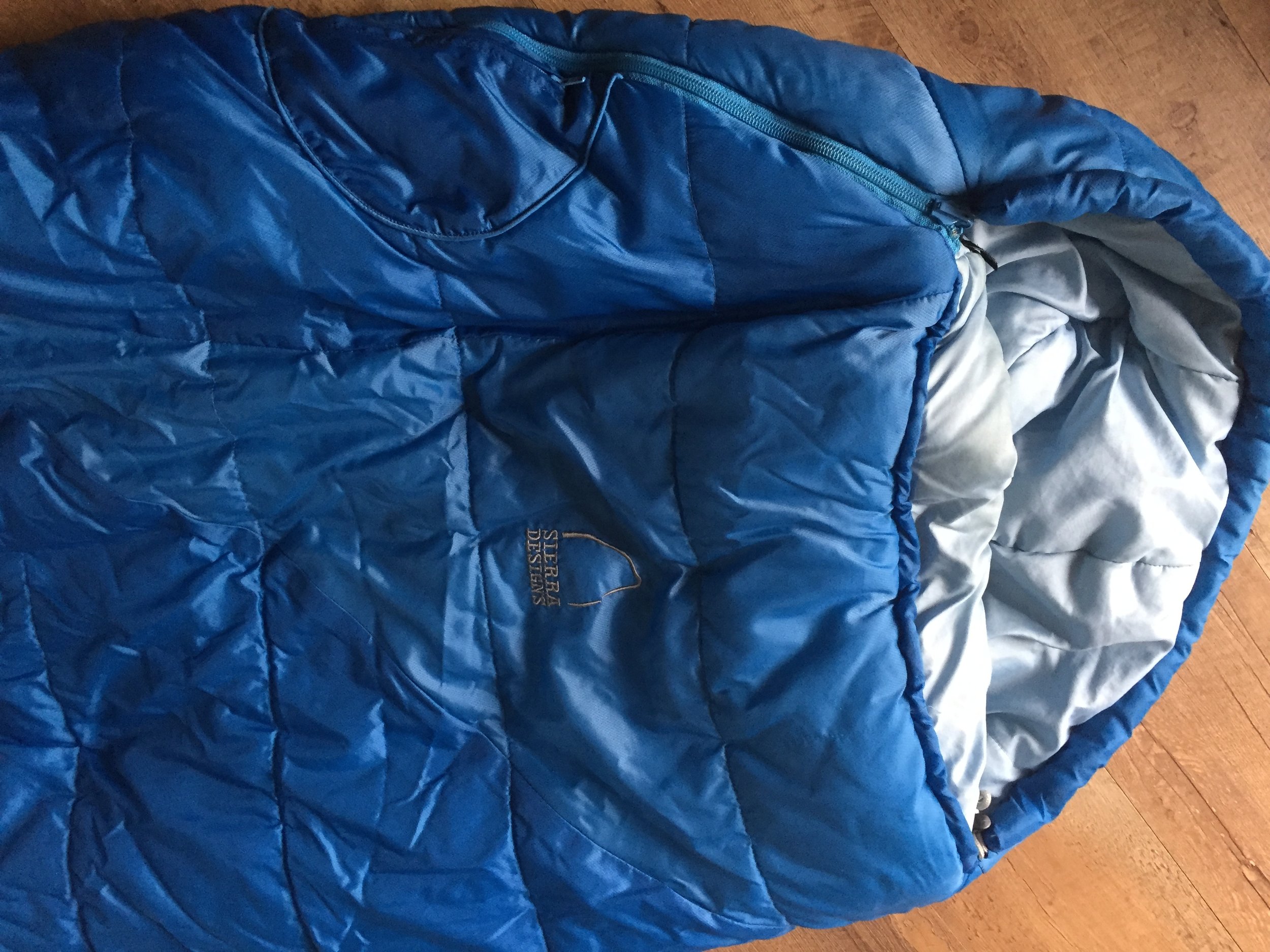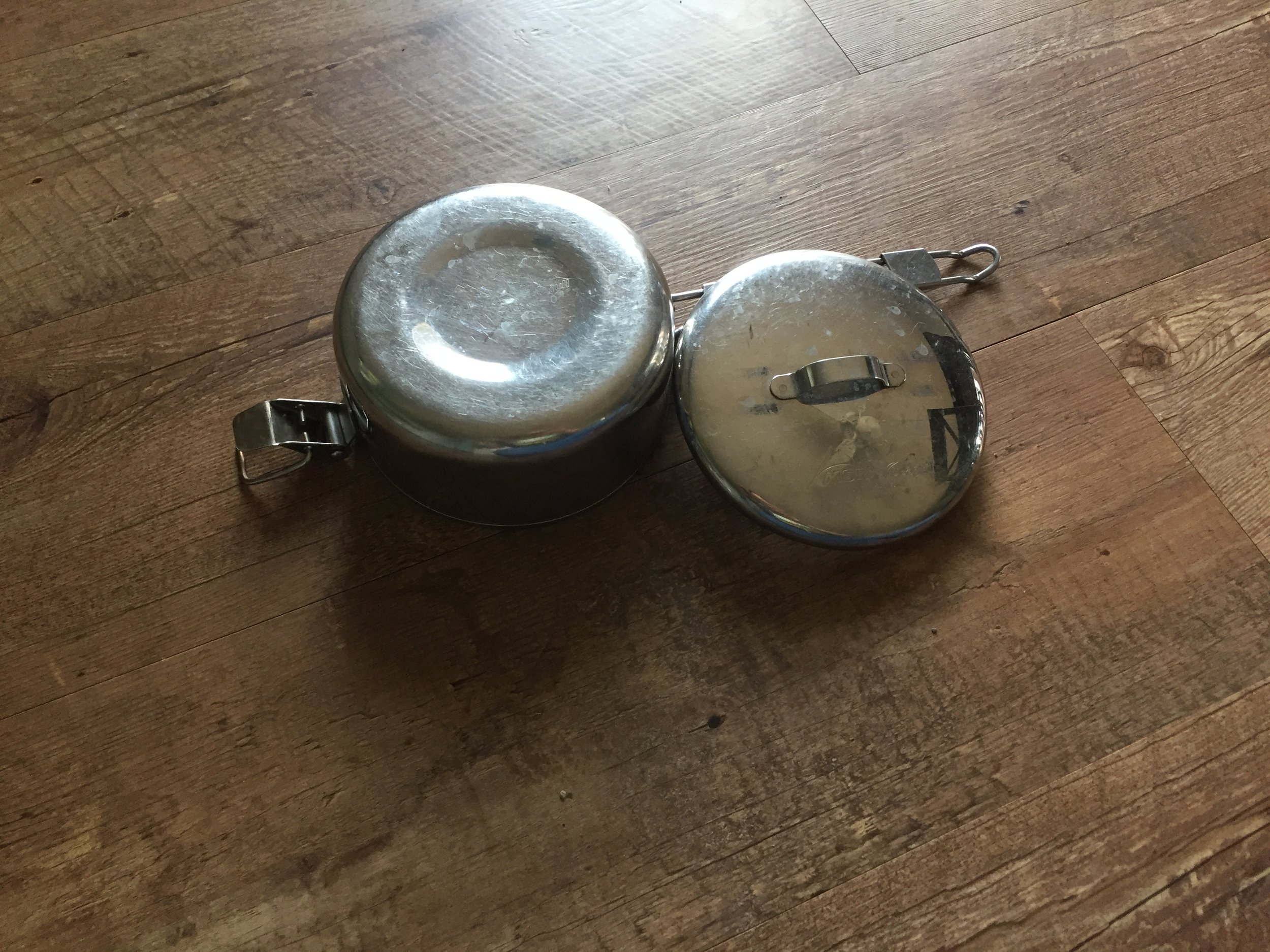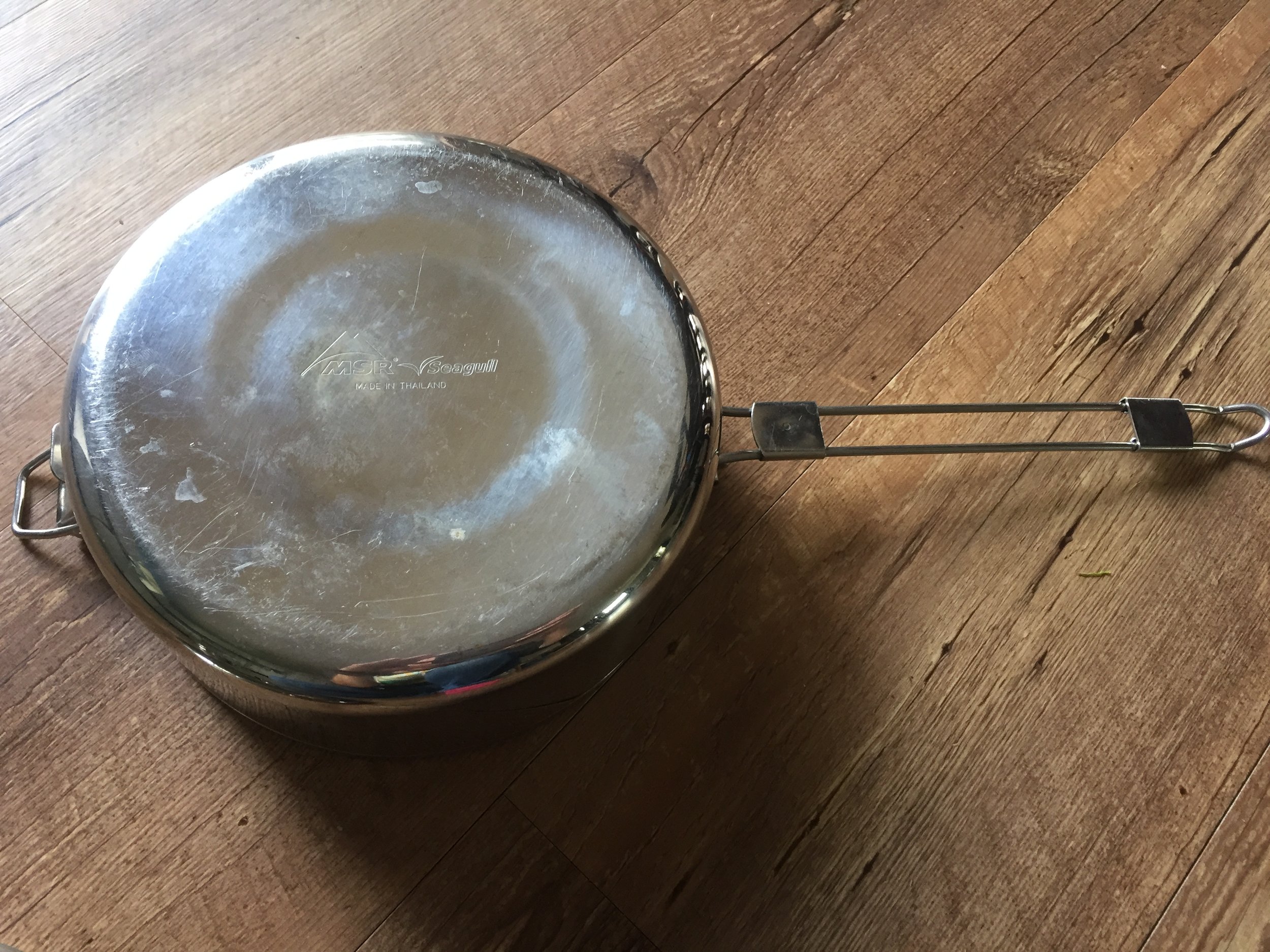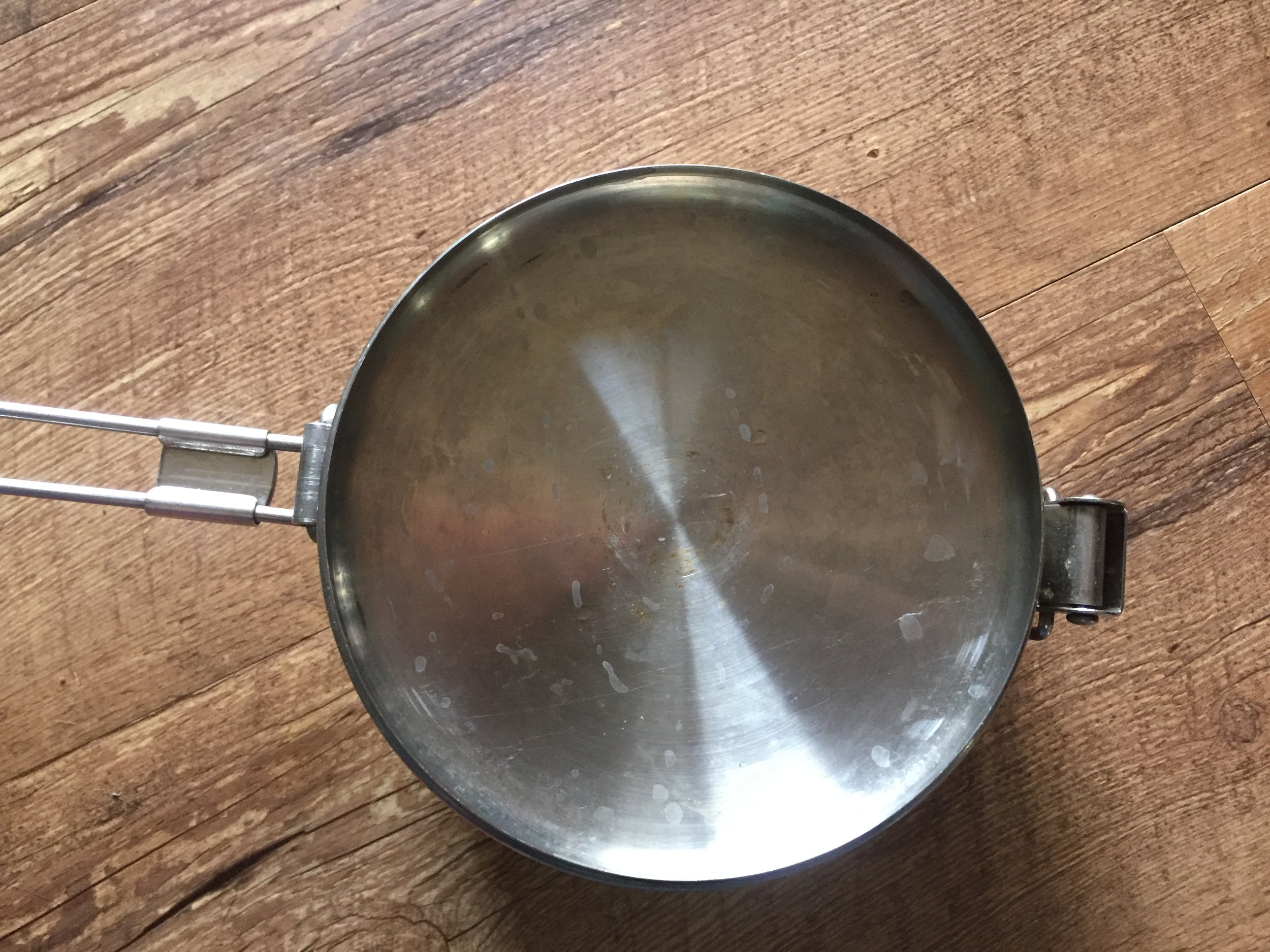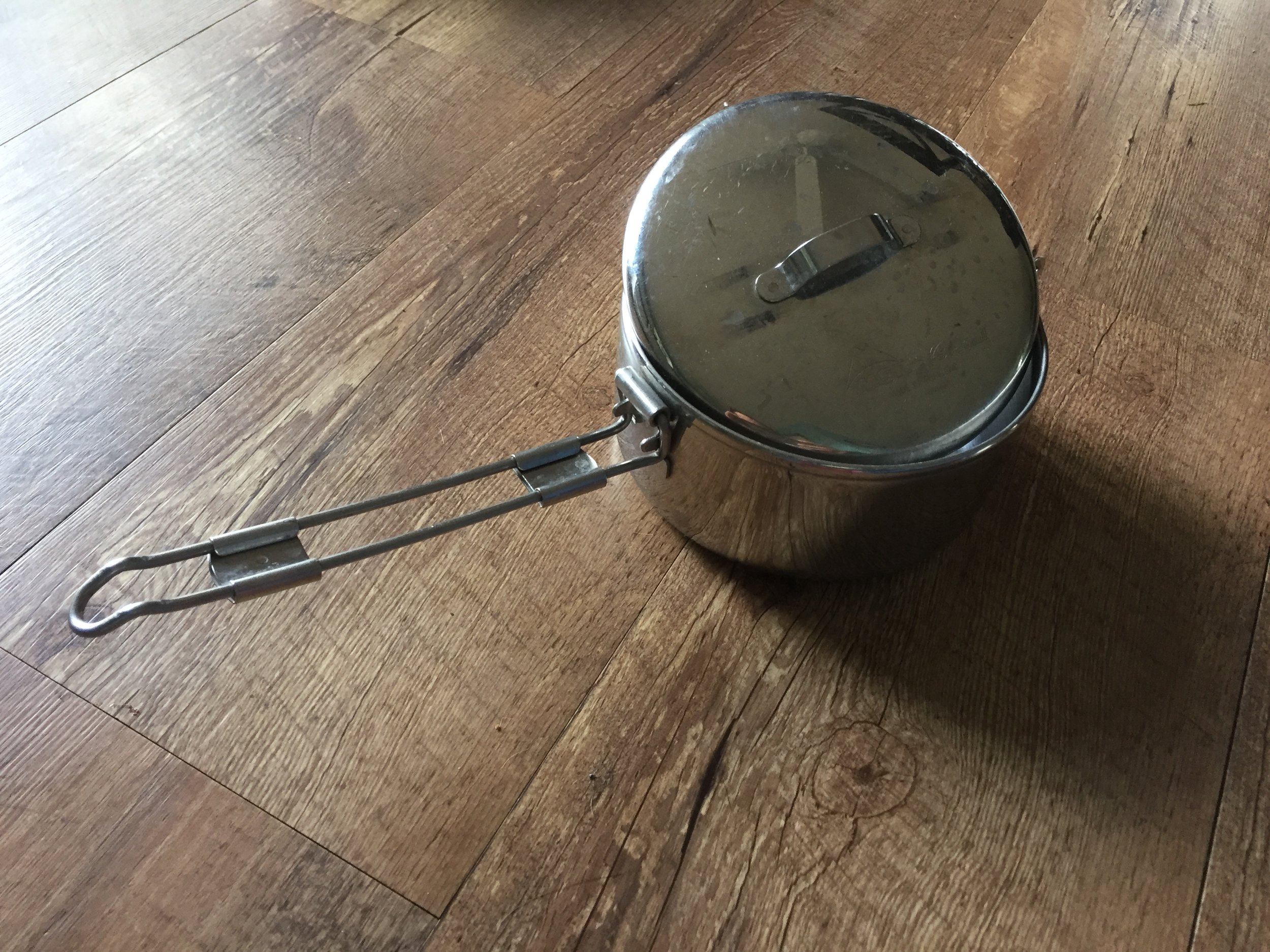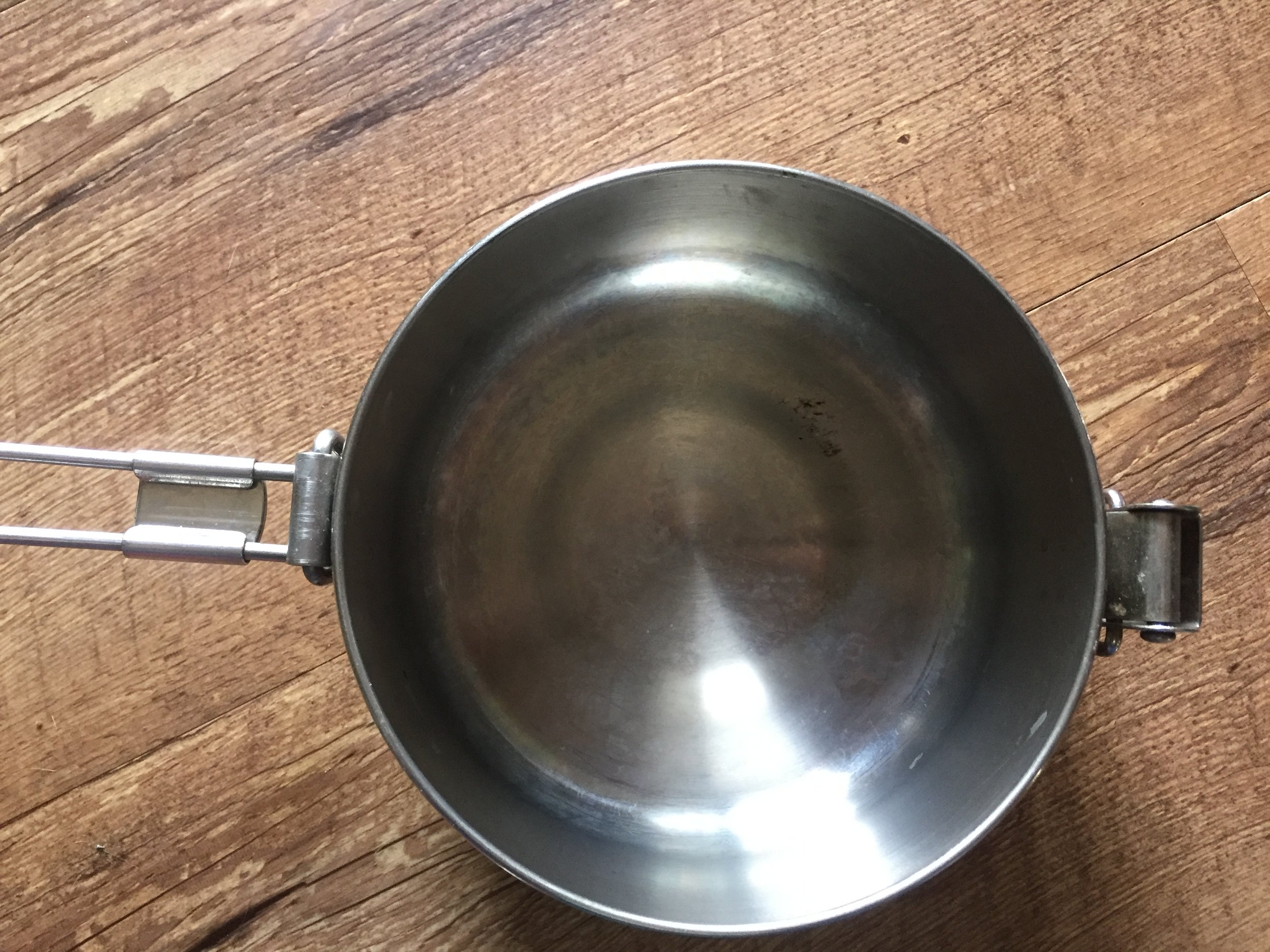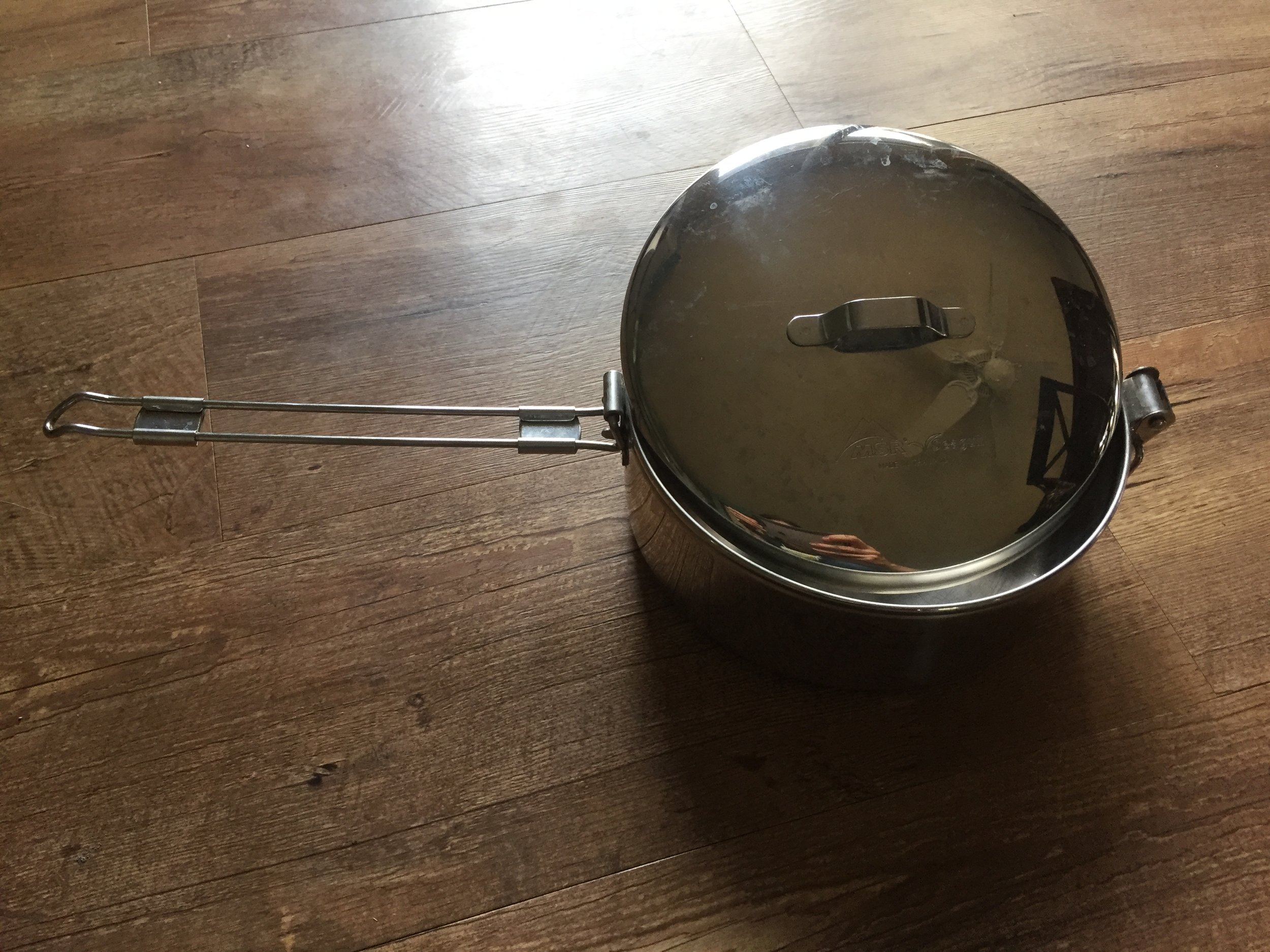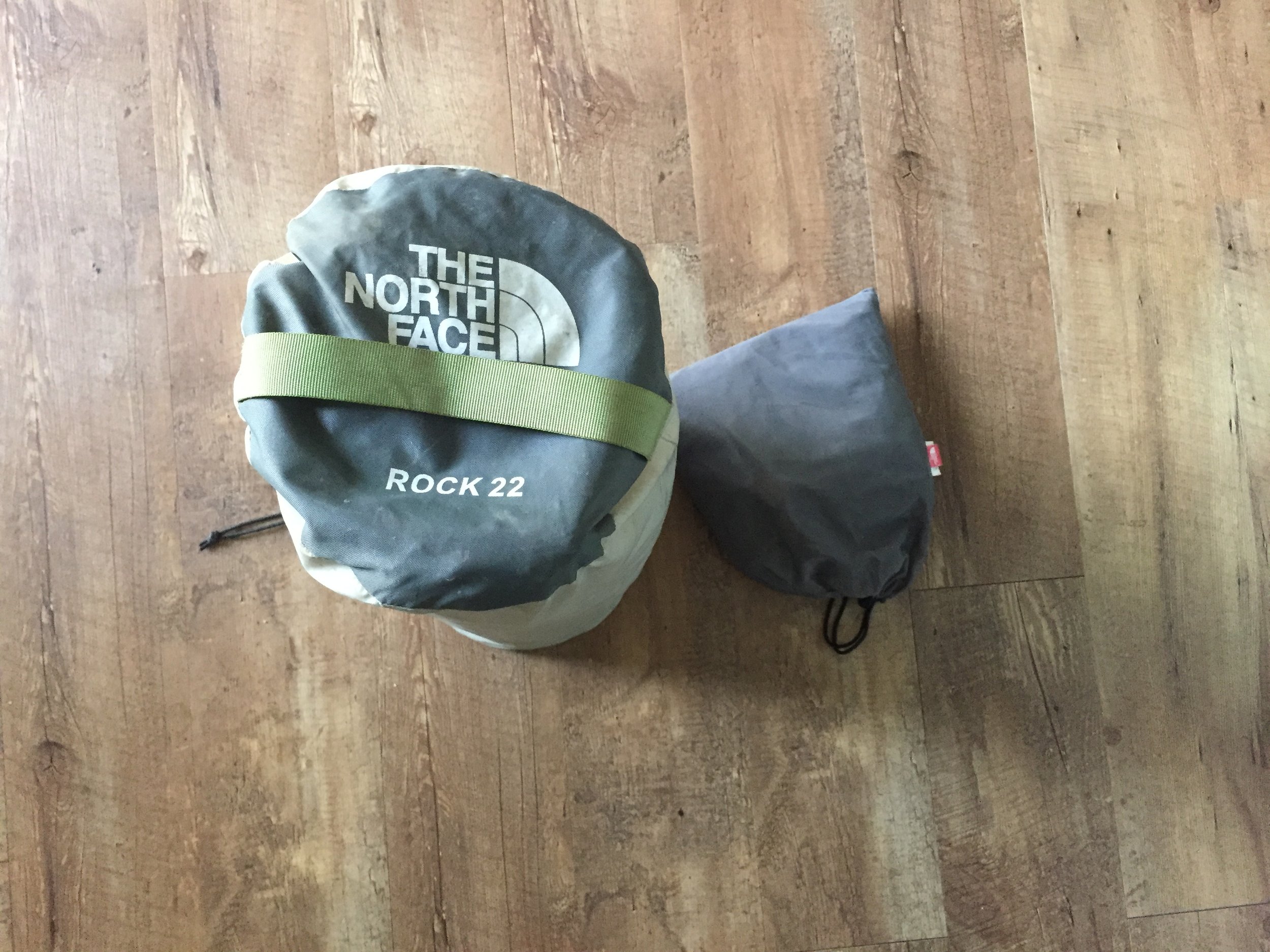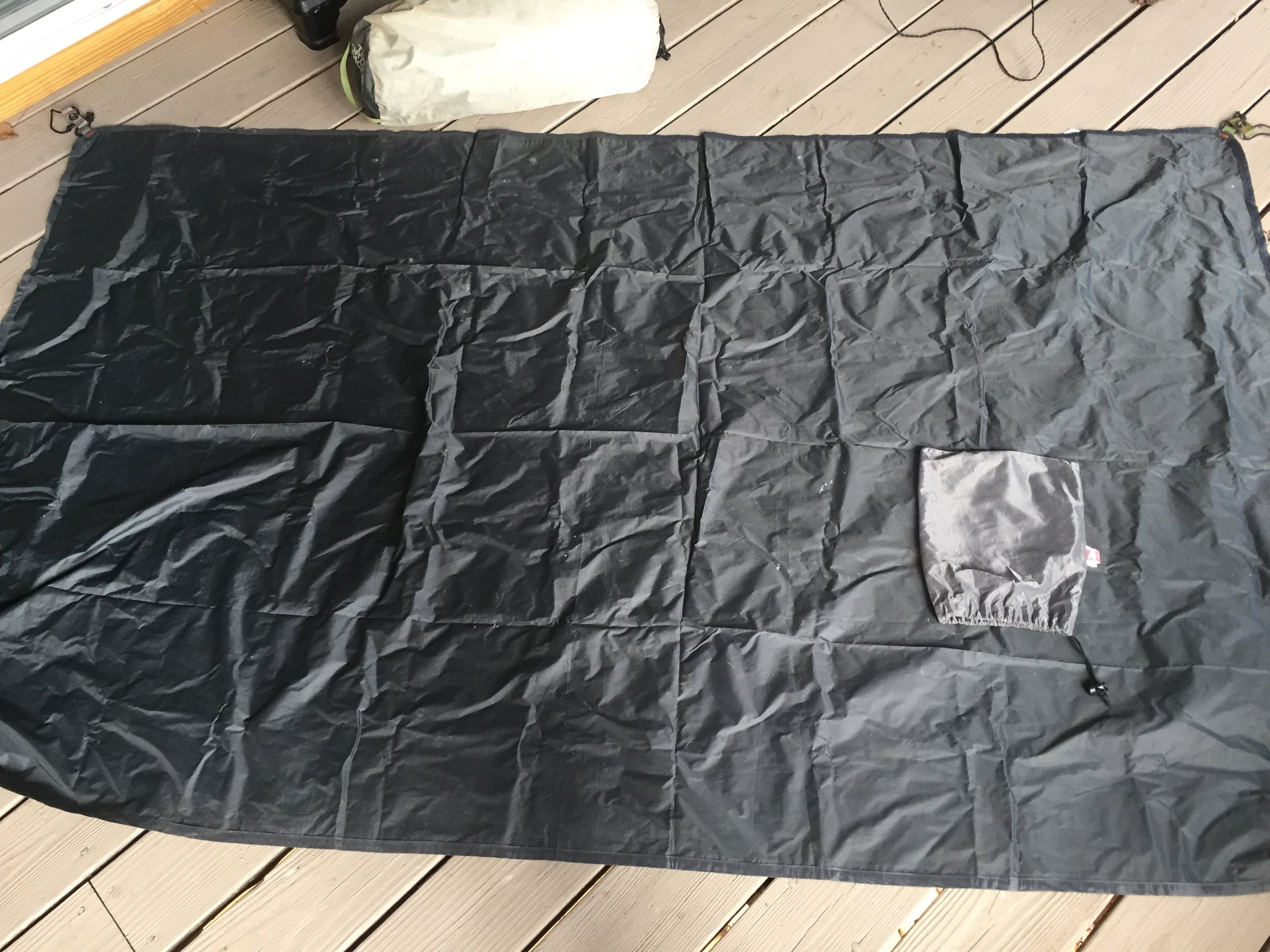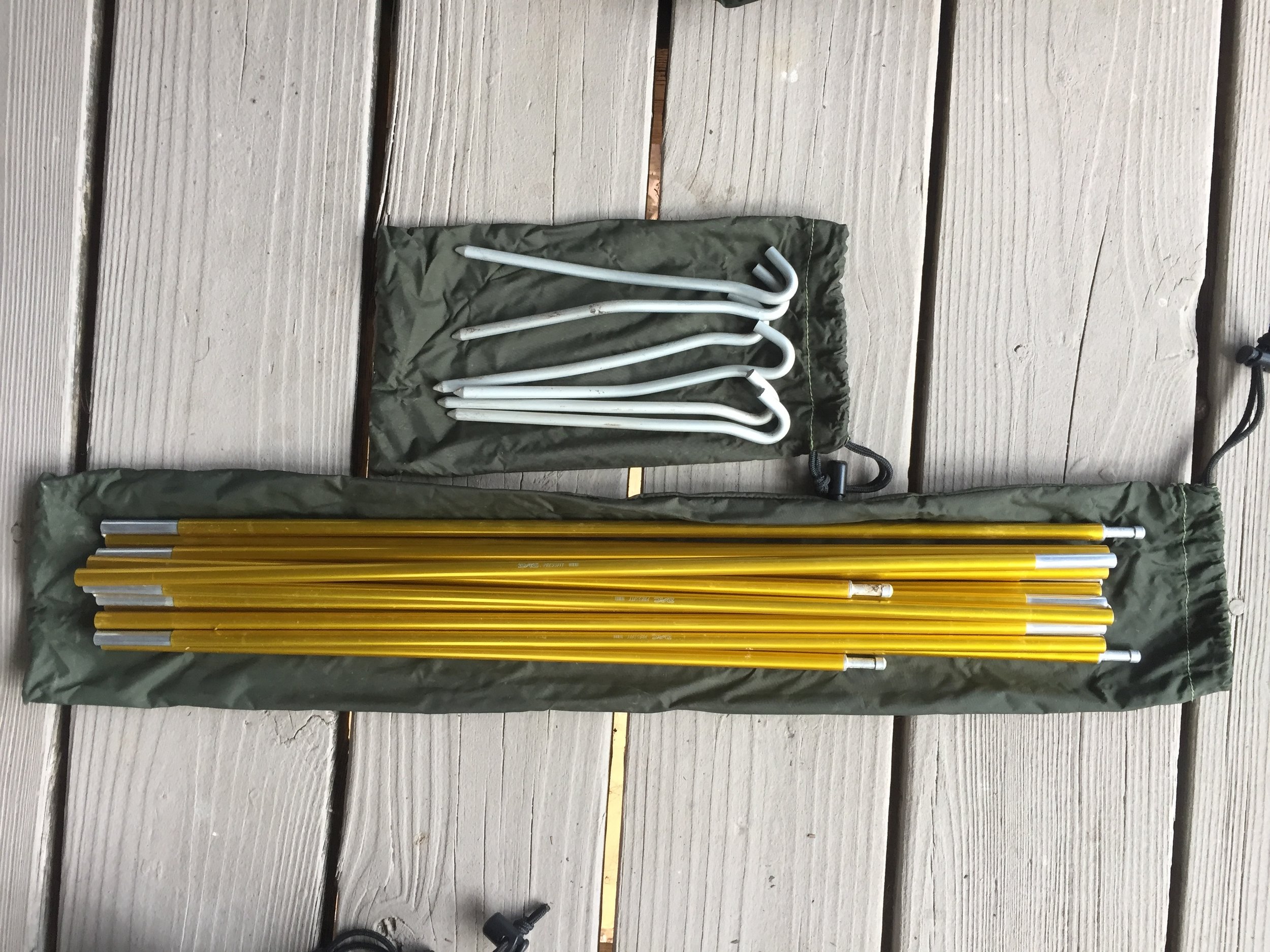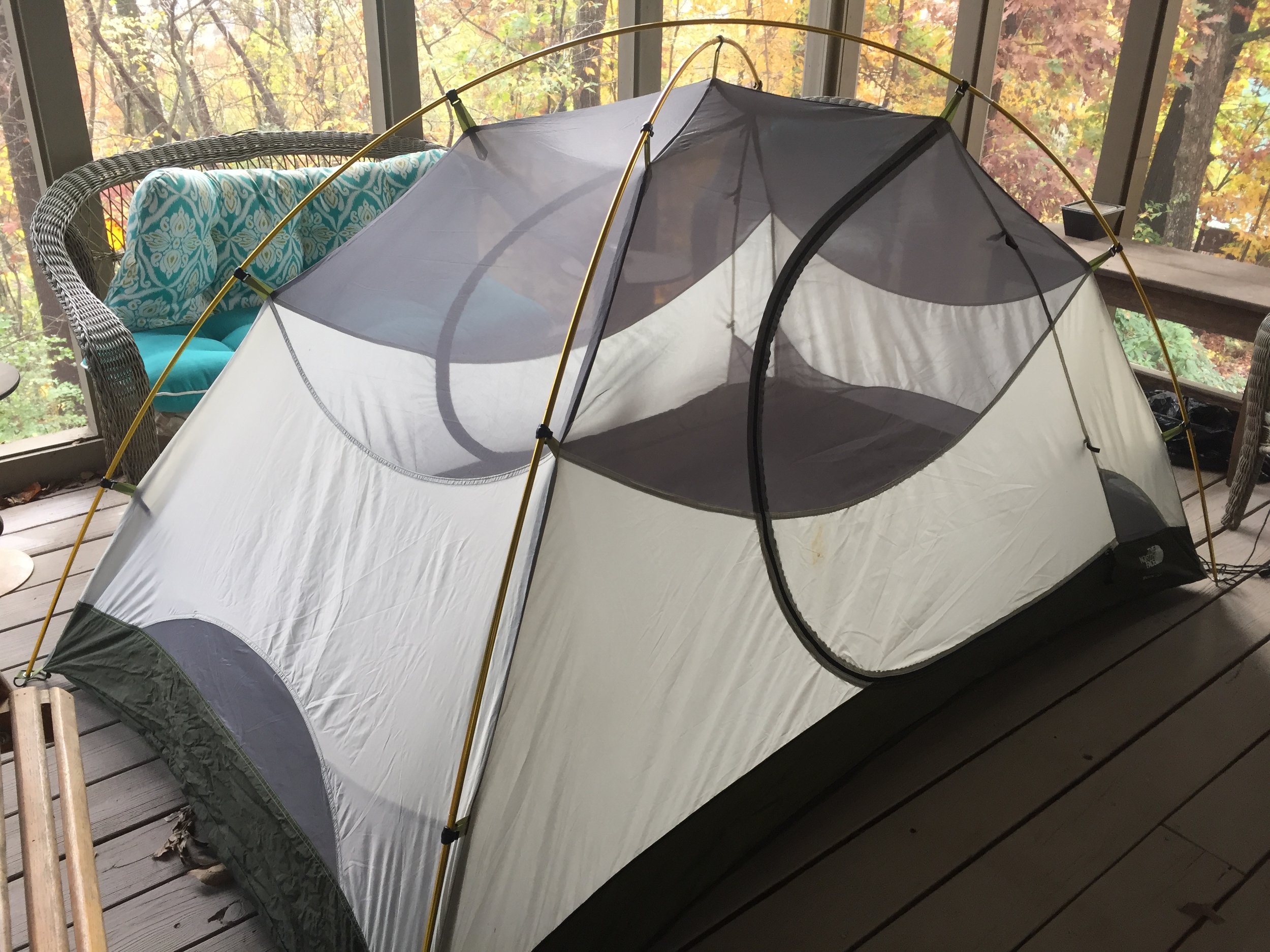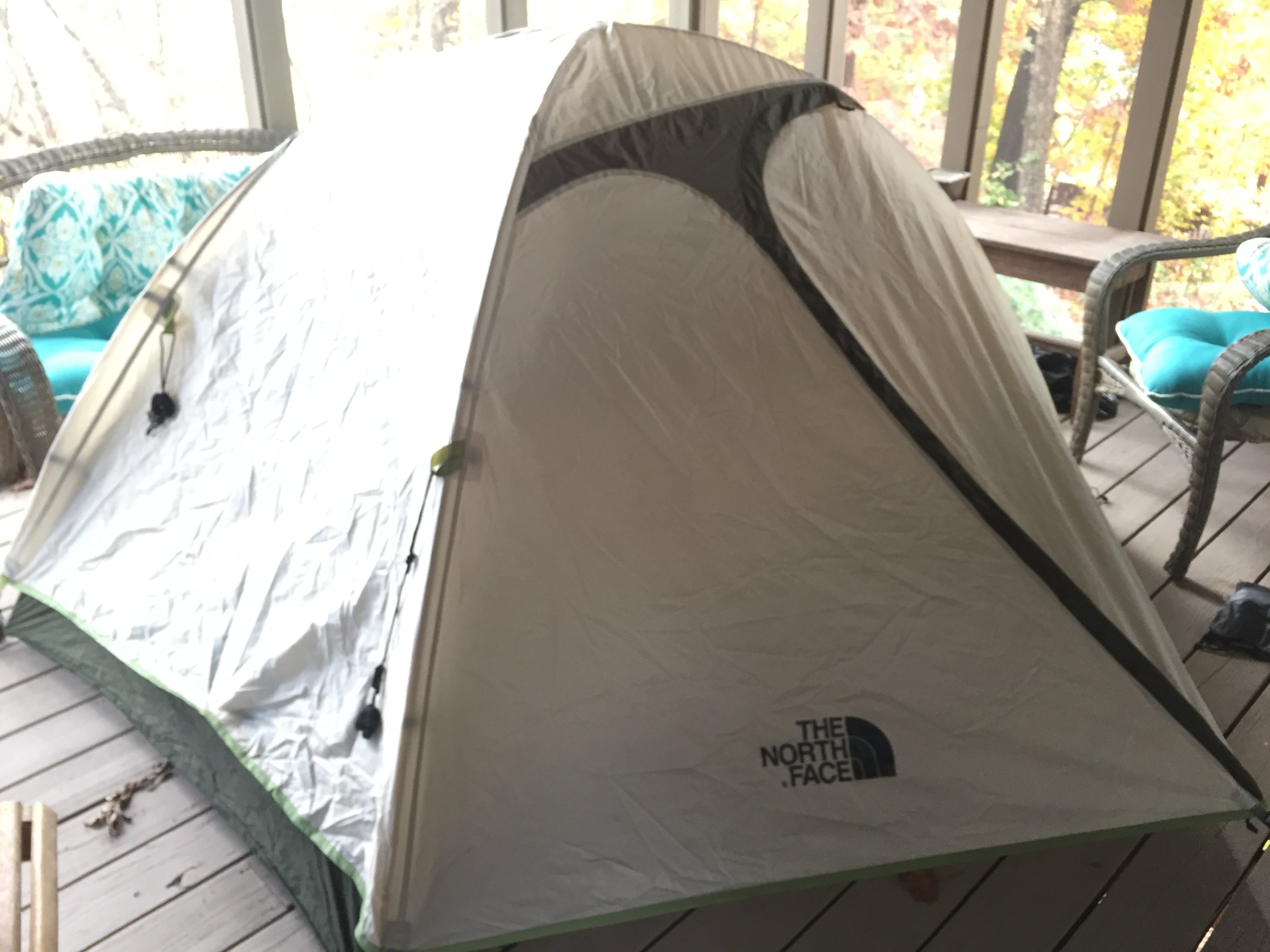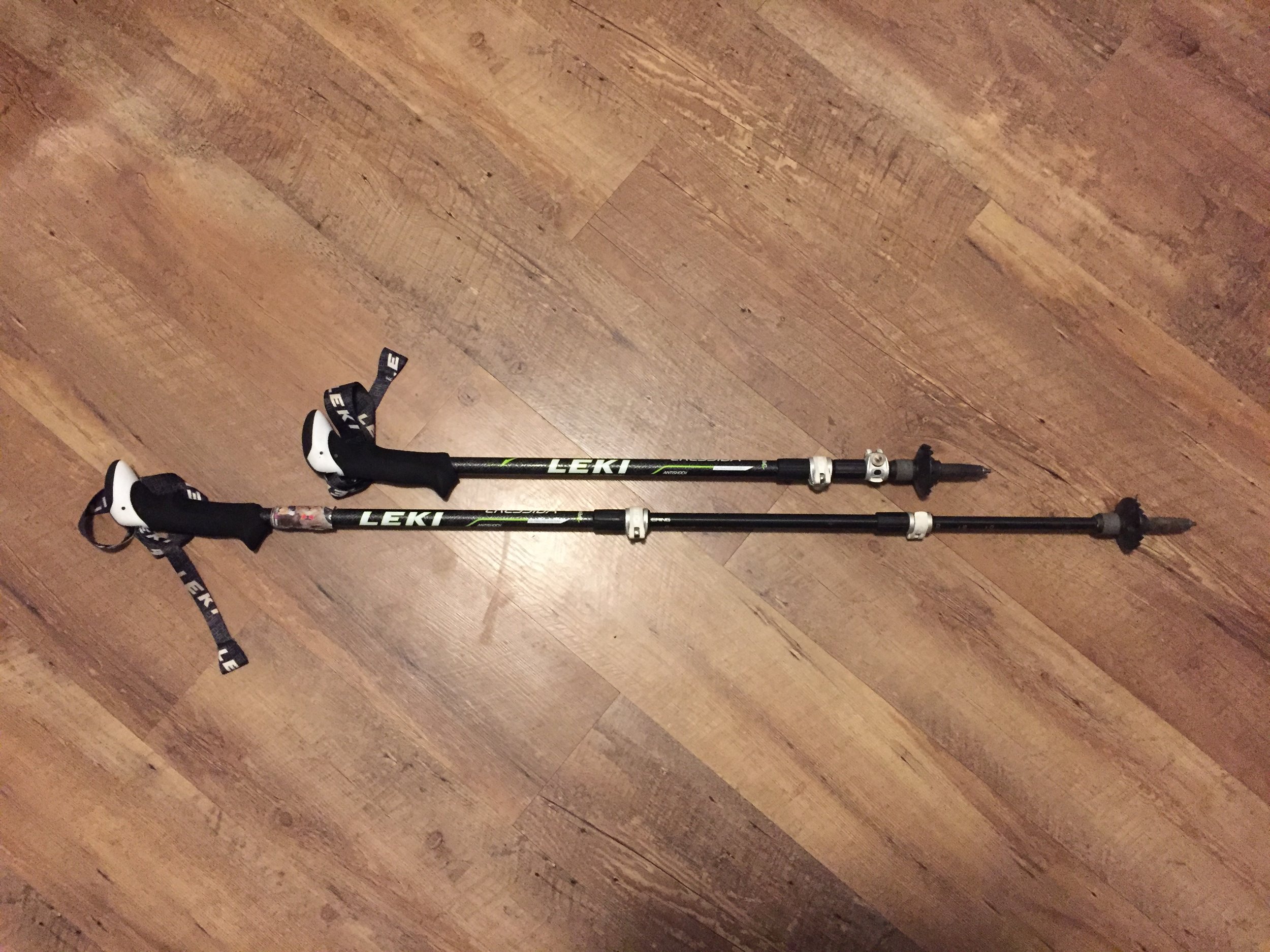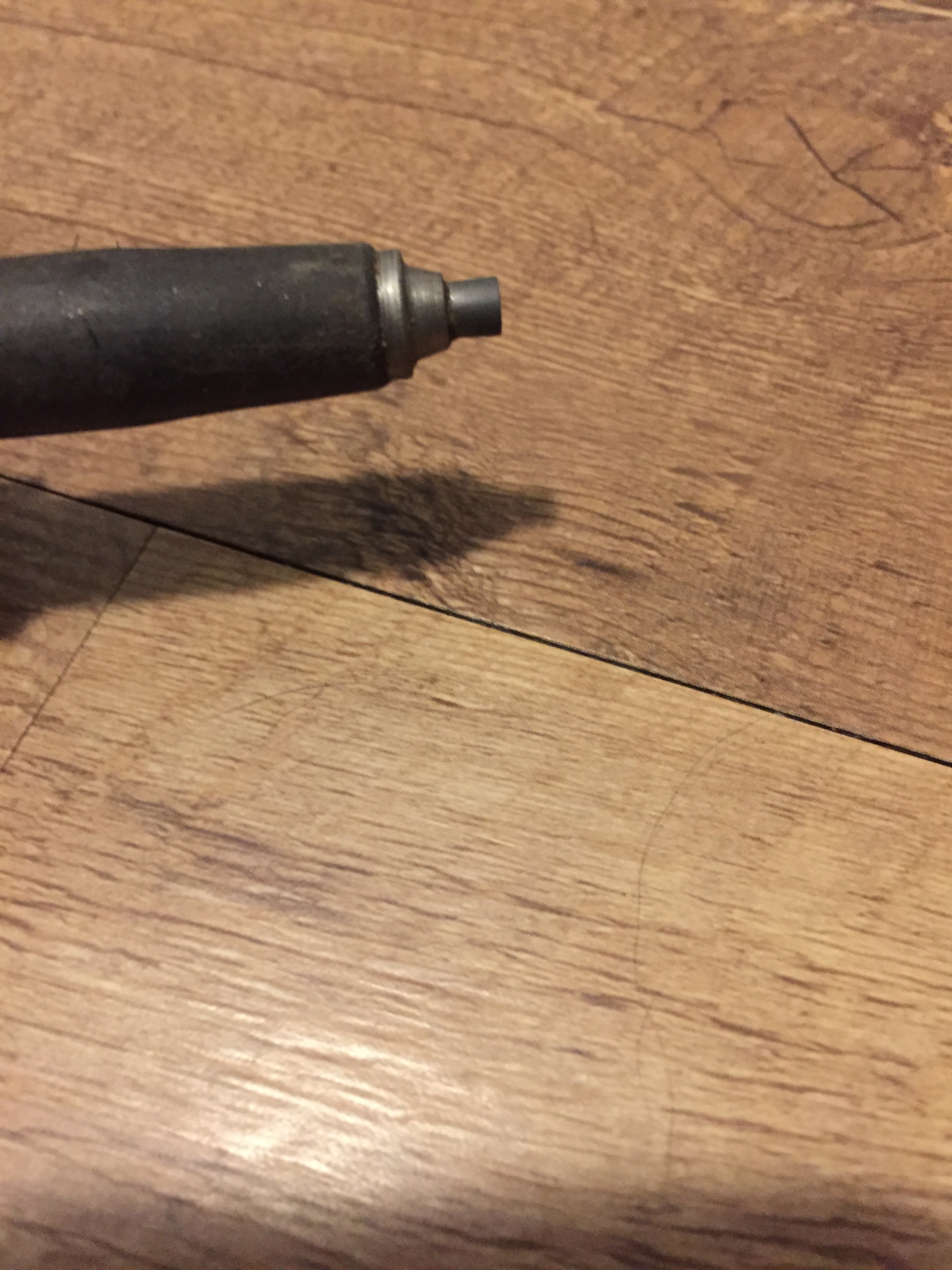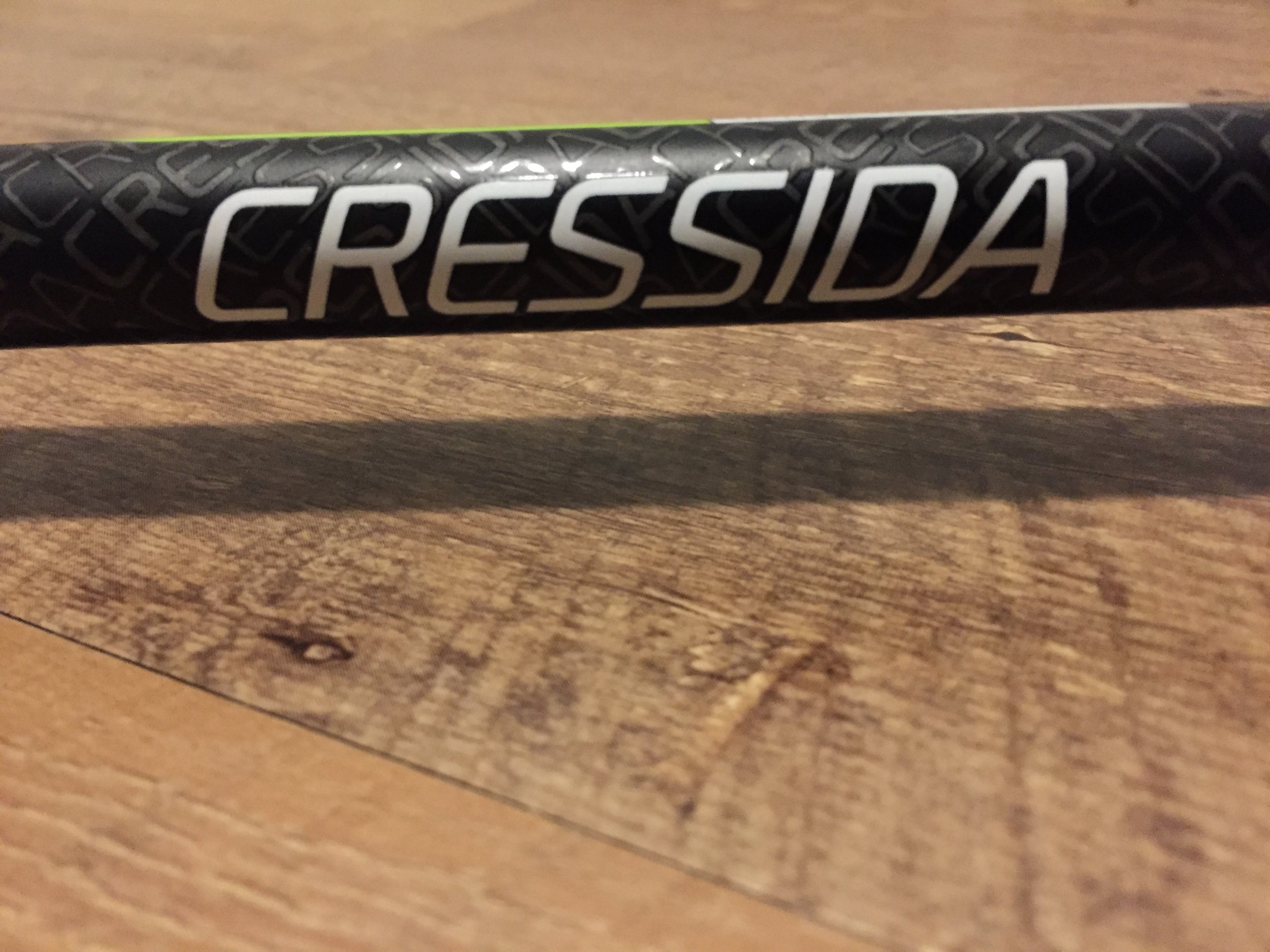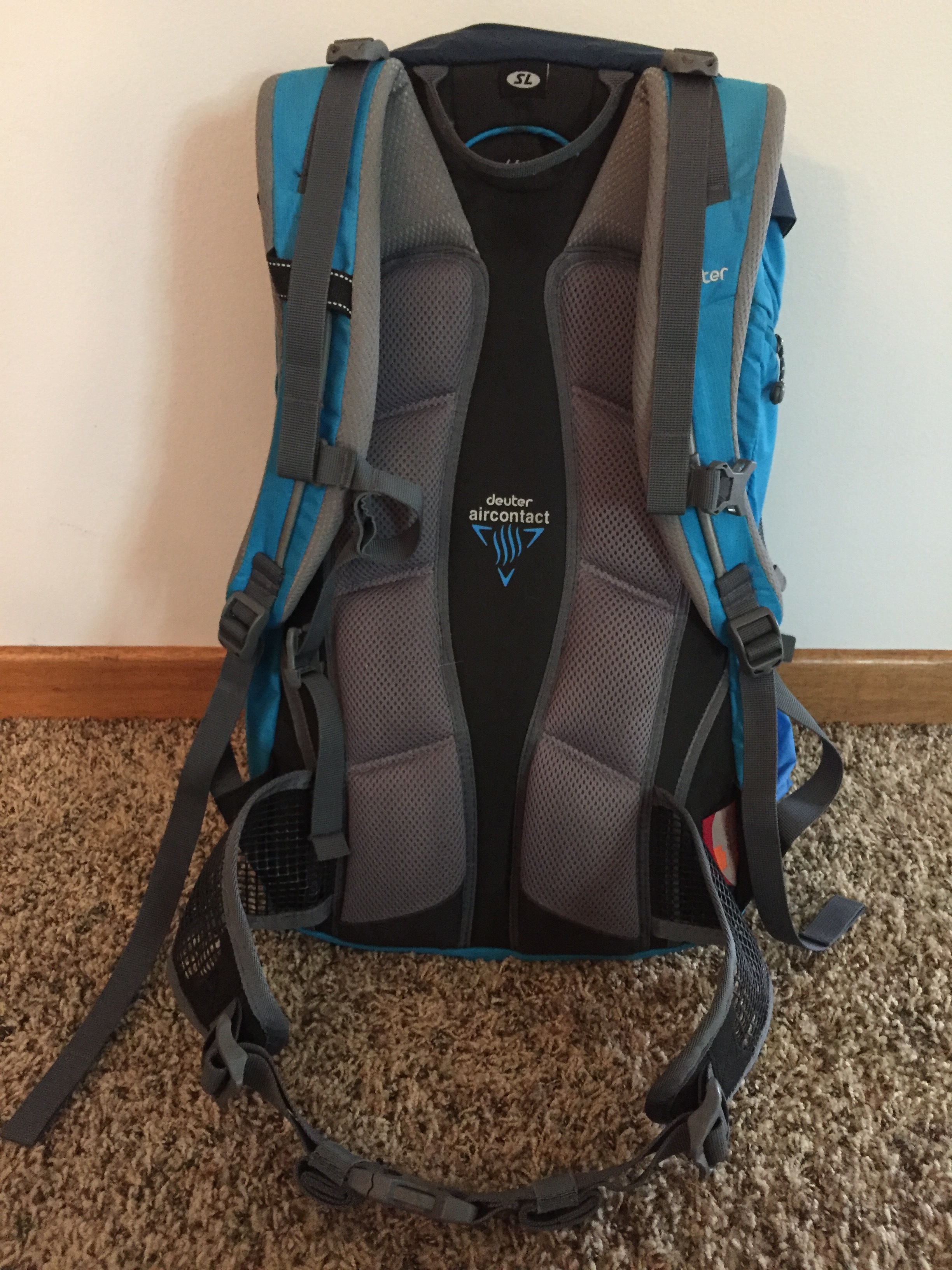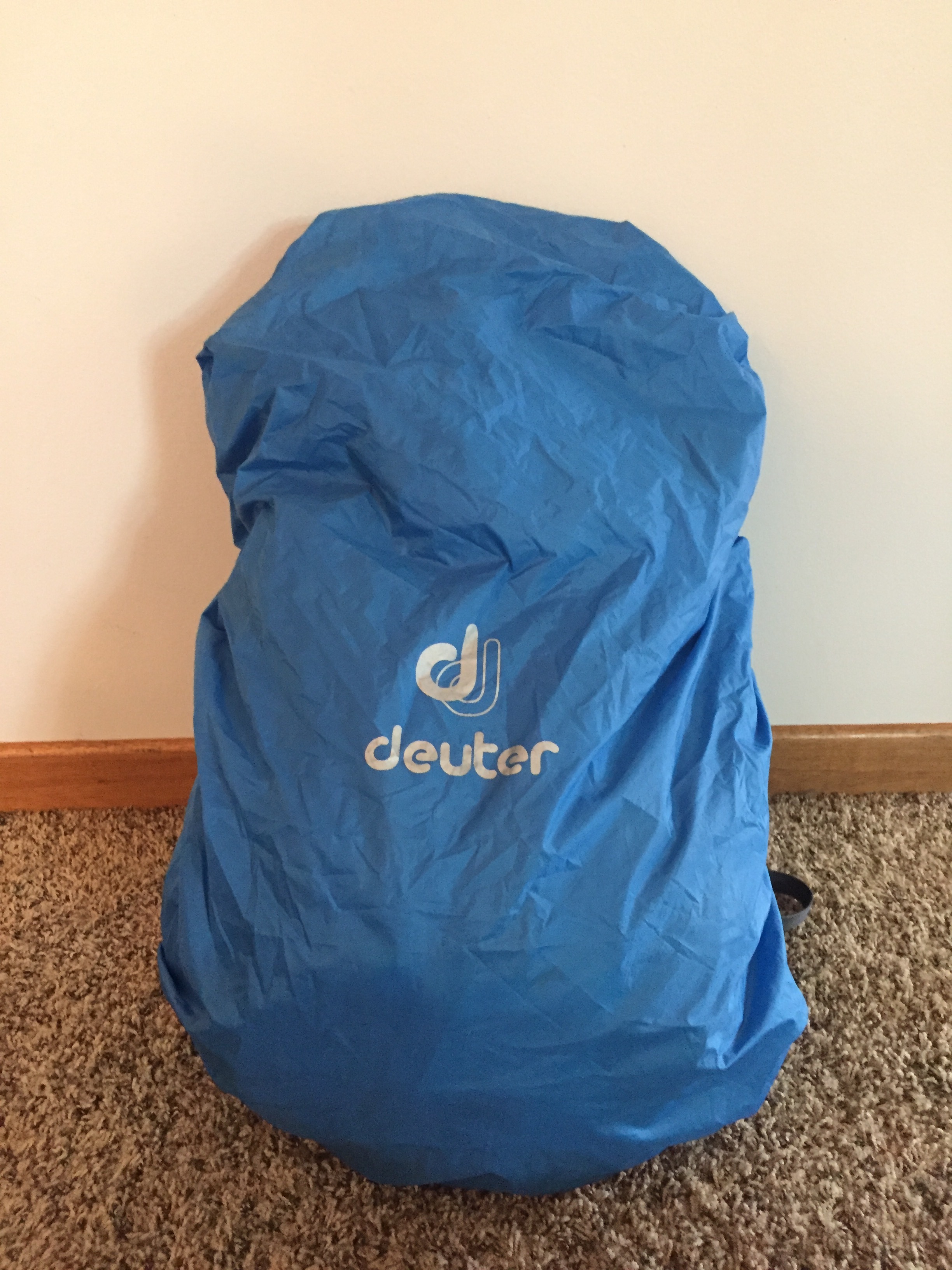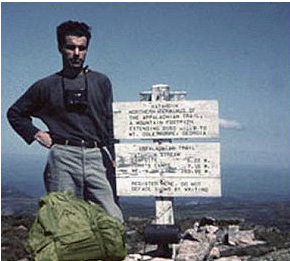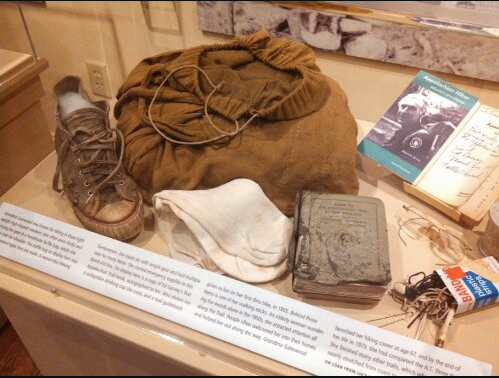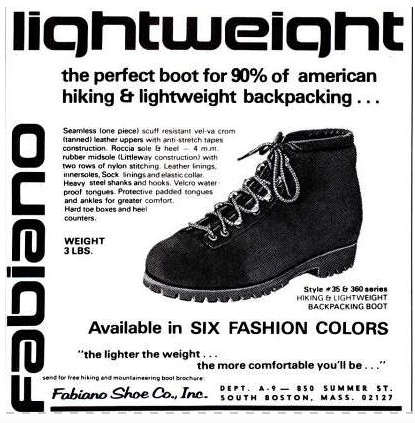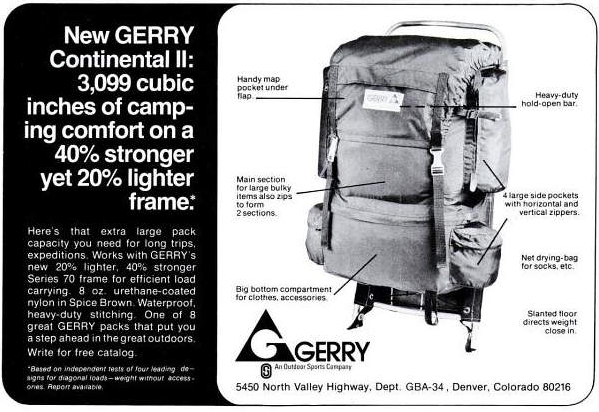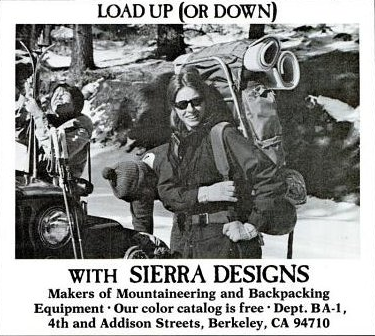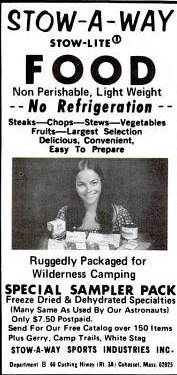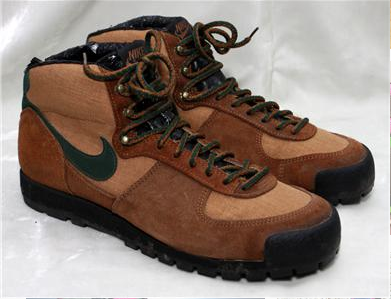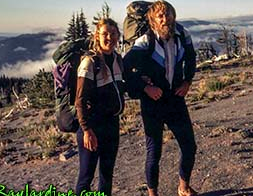It seemed like spring would never arrive a few short weeks ago, but now we're midway through February! I've been feeling like I'm doing a good job at my New Years' goal of unplugging more, but at the same time I always like to update my readers as to what is going on and what our progress is on thru hike prep. Major progress is being made and I'm super excited to share it with you guys!
Menus are finalized!
While for long hikes I'm a big fan of resupplying on the fly, for shorter hikes (1000 miles or less) I prefer to make our own meals. It's a lot easier on a trail like the AT to resupply in towns or at gas stations, even for those with special dietary needs. However, when you're on a smaller trail like the Benton MacKaye or the Finger Lakes Trail, doing your own resupply boxes ahead of time is pretty clutch to making your hike work better for you. Since we're only doing about 45 days on this trek, I decided to go ahead and plan a menu and resupplies. Here's a small sampling of what we'll be bringing!
Breakfast: Fig Newtons, Poptarts, and homemade granola with coconut milk for NoKey; breakfast rice, couscous, oatmeal, and homemade granola with coconut milk for Sprinkles.
Lunches: Shelf stable bacon with mustard on bagel thins, pepperoni sandwiches, dry hummus and crackers or fresh veggies if we can find them. Homemade granola will work for a sweet lunch as well.
Dinner: Staples like trail mac 'n' cheese and my favorite Thai Style Ramen always make an appearance, but this time I'm going to make some new dinners like Prosciutto with Peas and unstuffed peppers. I'm even attempting a chicken piccata recipe!
Snacks: We are going with Lenny and Larry's cookies and RX bars on this trip, with an assorted mix of candy bars in there to keep it interesting!
Drop box locations are still TBD
I honestly just haven't done the research on where I want to send boxes yet. I've got a pretty good idea of where we'd LIKE to send them, but I still need to narrow that down. One thing we definitely know is that we'd like to stay at The Pisgah Inn if at all possible and will probably resupply there if we can! We had lunch here for the first time last year on our 5th Anniversary and fell in love with the place. It doesn't hurt that it's smack dab on the MST near Asheville.
Mixing it up a little
The Mountains to Sea trail is so much fun to me because it's not a strict thru hike if you don't want it to be. In fact, there's a paddling route you can do by kayak and you can bike the road sections (and beach!) I'm having a lot of fun planning our canoe trip portion and trying to figure out where we can drop our bikes for the last section of trail.
Planning a thru hike, since I've done it a few times now, is actually a lot of fun for me. When I first set out onto the AT it was so incredibly overwhelming to plan even my resupply stop at the store, but now that I'm better at estimating my mileage and my appetite I find it almost exciting! Being able to plan out a trip and know your needs is a great feeling.
Have you ever planned a distance hike? Did you have to make any changes on the fly? What was your favorite and least favorite part of planning?


